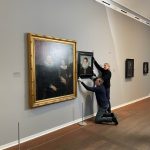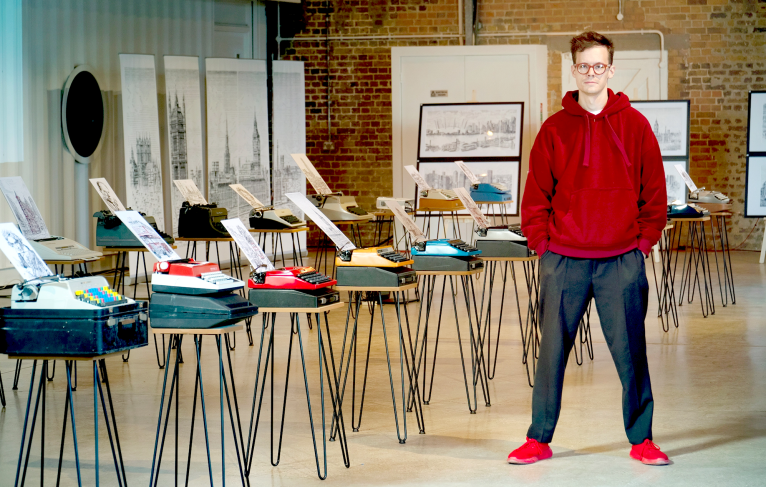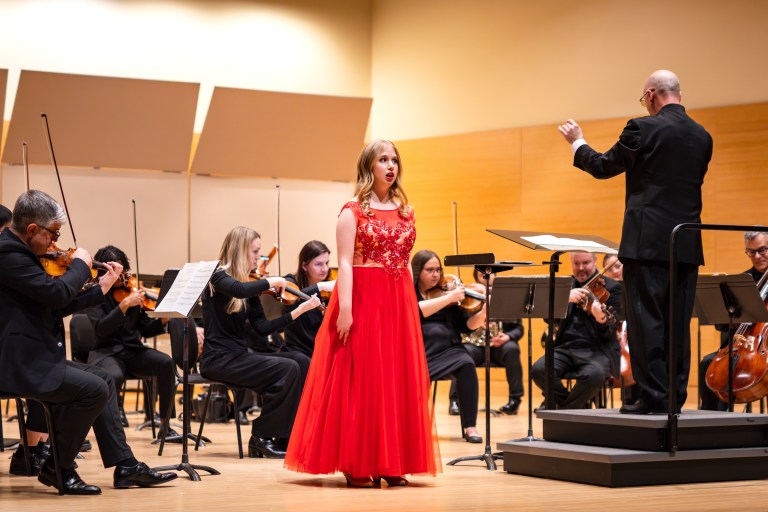A combination of detective work, art expertise, and a few strokes of serendipity led researchers to a rare and “incredibly wonderful” achievement: completing a family portrait that had been missing the mother for nearly two centuries.
“It is a huge scoop for Dutch baroque art history and for our collection that research has led us to the discovery of this incredible female portrait,” Andrea Rygg Karberg, museum director at the Nivaagaard Collection in Denmark, said in a press release statement.

The baroque family portrait by Flemish painter Cornelis de Vos was painted in 1626, but the large double portrait housed at The Nivaagaard Collection only featured a father holding his young son’s hand. In the lower right hand corner of the portrait a dress could be seen, indicating that the boy’s mother must have been “cropped” out at some point. That theory turned out to be right.
According to the museum, the “hunt for traces of the missing mother” started last year.
The initial clues as to whom the woman might be emerged when researchers found a 1966 conservation report at the National Museum of Art in Copenhagen that included photos of the artwork of the father and son. But unlike the painting they had seen, which was framed with an old and yellowed varnish and layer of paint, it was unframed and cleaned. This older version revealed an “elaborate” cuff and a portion of the missing person’s arm, along with a “delicate” hand that held embroidered gloves.
With these new details, the researchers studied other portraits by de Vos, hoping to glean any more information. But in a twist typical of the modern world, it was ultimately a Google search that led them to the woman.
“Spurred on by the black-striped satin skirt that was faintly visible in the lower right corner, we began our search by looking for matchers among all the sitting women in de Vos’ oeuvre, and this turned up dozens of women amongst the archives of RKD and the Getty Research Institute. So we had a pretty good idea as to what the missing woman might look like,” researcher and special consultant Professor Dr. Jørgen Wadum said about the discovery. “But it was only after I Googled ‘portrait of a lady’ that I first found her. And it was totally unexpected!”
RELATED: Hidden Self-Portrait of Vincent van Gogh Discovered Behind Painting
The painting — fittingly called “Portrait of a Lady” and also dated 1626 — depicts a woman with a similar millstone collar to the one of the father. It was auctioned for sale at Christie’s in London in 2014 to an art dealer who fortunately had the portrait cleaned and restored, thus revealing a distant landscape and a blue sky with clouds.
These details provided vital information to match the portraits, as the landscape of the husband and son continues in the portrait of the woman, and the overcast skies correspond with both the images. Another telling detail: the mother’s facial features and brown eyes match the son’s.

“The mother now looks out at us together with her son, whose gaze is so similar to hers,” said Karberg, who also noted in a video about the portrait that she always found it “strange” to see a blue-eyed dad and a brown-eyed son.
The museum said there is “no doubt” the researchers have reunited the family, adding that “it only happens very rarely that divided paintings from that time succeed in being reunited.”
So why was the family portrait divided in the first place? Researcher and curator Angela Jager explained in the video that it could be because the lower right corner is “damaged” (potentially from water or a fire) or for a sales purpose — having two portraits rather than one huge canvas.
Now, researchers are working to answer a new question: Who is this family?

Jager told Nice News in an email, “Our investigations in the identity of the family is ongoing. I will be traveling to England in June to conduct research in archives there.”
In the meantime, the family is together once again, thanks to a grant from the New Carlsberg Foundation. After almost 200 years of being apart, the paintings hang next to each other at the Danish museum in unity.
“All three of the subjects take on an entirely new dimension, depth, and glow when they are contemplated together as originally intended, rather than in isolation from each other,” said Karberg.
RELATED: Rare Discovery: Chalk Sketch Is Identified as a Michelangelo Draft for the Sistine Chapel












